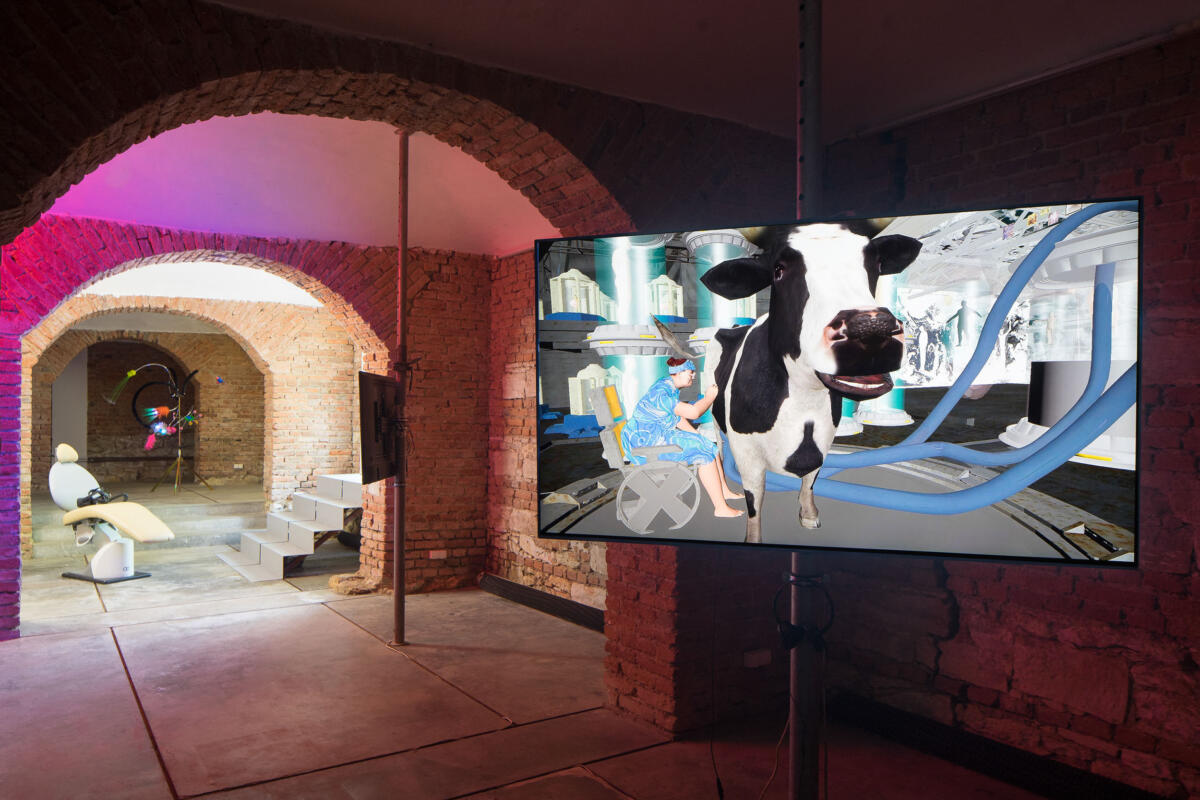[EN/CZ] ‘The Cave & The Garden’ at Centre for Contemporary Art Futura
![[EN/CZ] ‘The Cave & The Garden’ at Centre for Contemporary Art Futura](https://blokmagazine.com/wp-content/uploads/2020/08/the-cave-and-the-garden-22-1200x638.jpeg)
[EN]
The exhibition title refers to two well-known allegories that interpret the world – Plato’s Cave and Voltaire’s Garden.
According to Plato, the shadows frame reality for the prisoners within the cave as they are allowed to experience existence solely through their observation. According to such logic, the fire, or human-made light, such as a film projection, TV, or VR – to use contemporary examples – is set ablaze by artists, in order to illuminate, teach or critique the dominant doctrines of time and place. The fire or light may be further interpreted as the political doctrine – Plato named nation-state as one of its sources and nowadays we surely could add many more lighthouses of propaganda.
In “Candide: or, The Optimist” (1759), Voltaire famously concludes by advocating a practical precept – “one must cultivate one’s own garden”. When Voltaire was writing “Candide”, similarly to the present day, the world did not appear a harmonious place – the satire refers to historical events such as the Seven Years’ War, the 1755 Lisbon earthquake, and also ridicules colonialism, positivism, theology, governments, you name it.
“Cultivation of one’s garden” may relate to cultivating life, profession, or global eco-socio-political system. However, the idea reveals a paradox – in nurturing these “gardens”, one changes the nature of the world which determines them. What then constitutes the differences and similarities between the analogies of the world as a cave and a garden? For an individual in the cave, the act of seeing and understanding may be interpreted as a rather passive and solipsistic act, while gardening is seen as a more active and, possibly world-changing practice. To act constructively, however, one has to have clear perception and understanding of reality, and they both share this dilemma.
The group exhibition contains mostly works by artists from Central and Eastern Europe that were created during the last two decades. They reveal the multifaceted and problematic nature of our societies and the world, having in mind the current conditions of quarantine and COVID-19 wave(s), the activation of nationalist inclination and border-building, social unrest, rising commotion in response to the racist and colonialist past and present, the sixth extinction, and others.
In this context, both the artists and spectators drift between the two allegories: as cave prisoners who need to differentiate between projections and ideologies; and as gardeners who cultivate certain ideas and practices in various artistic formats, poetic gestures, research, or socio-political manifestations that may produce an impact on the so-called nature and vice versa.
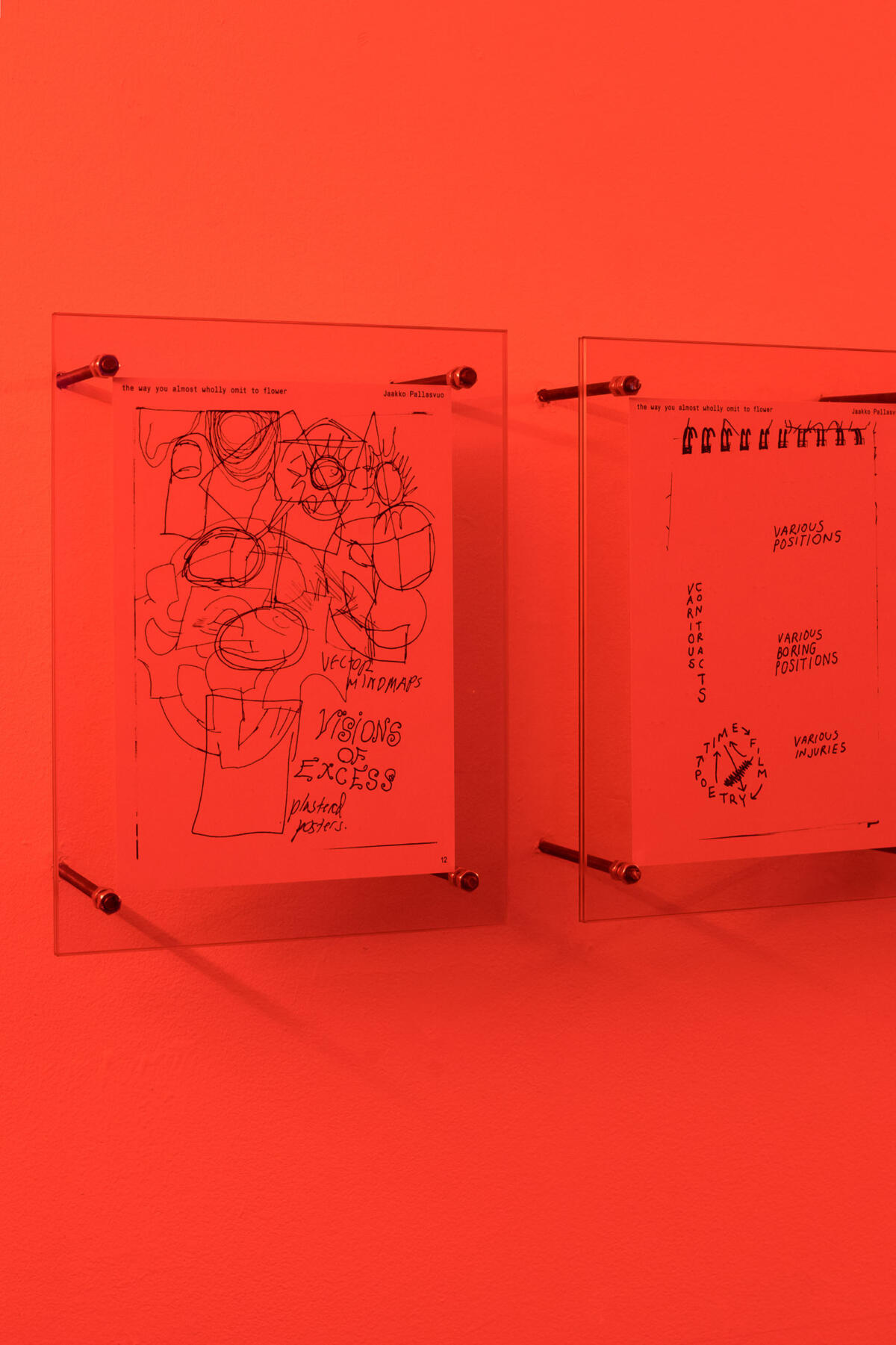
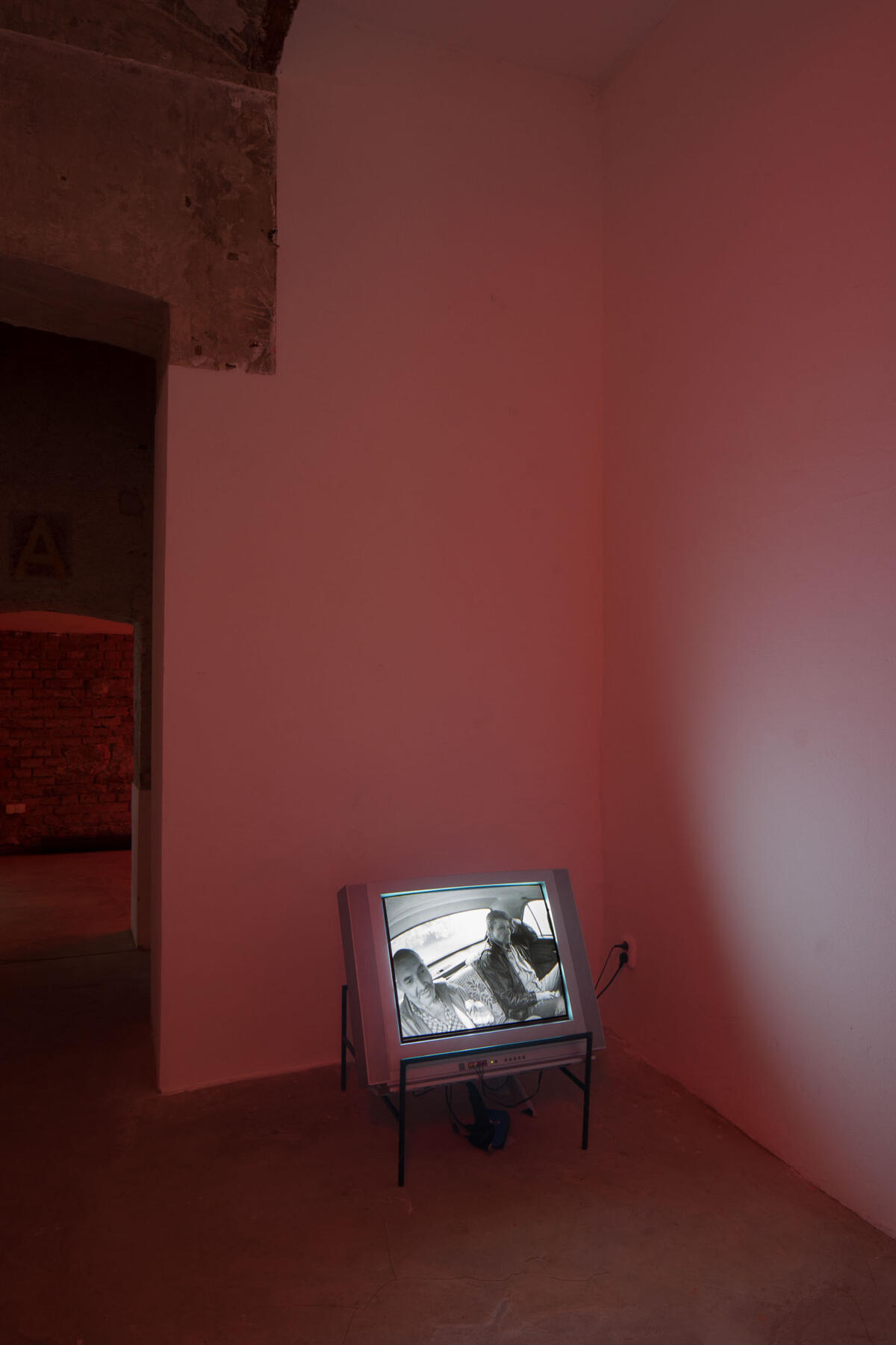
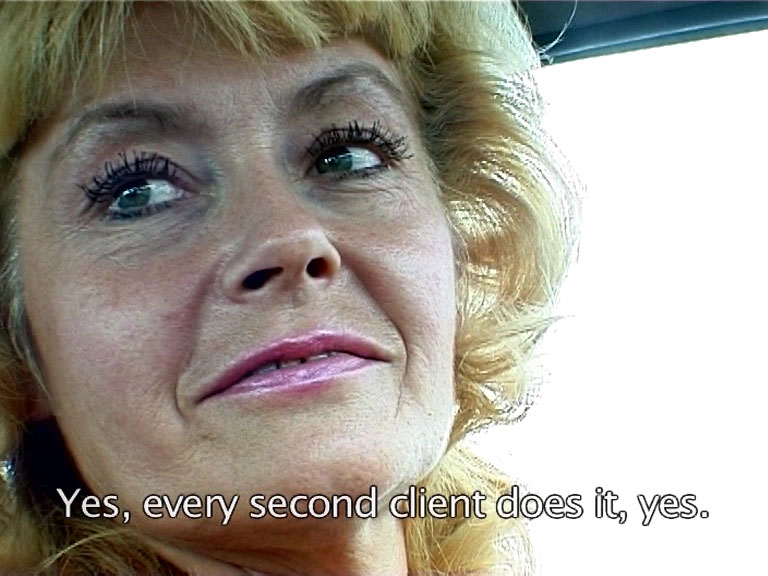
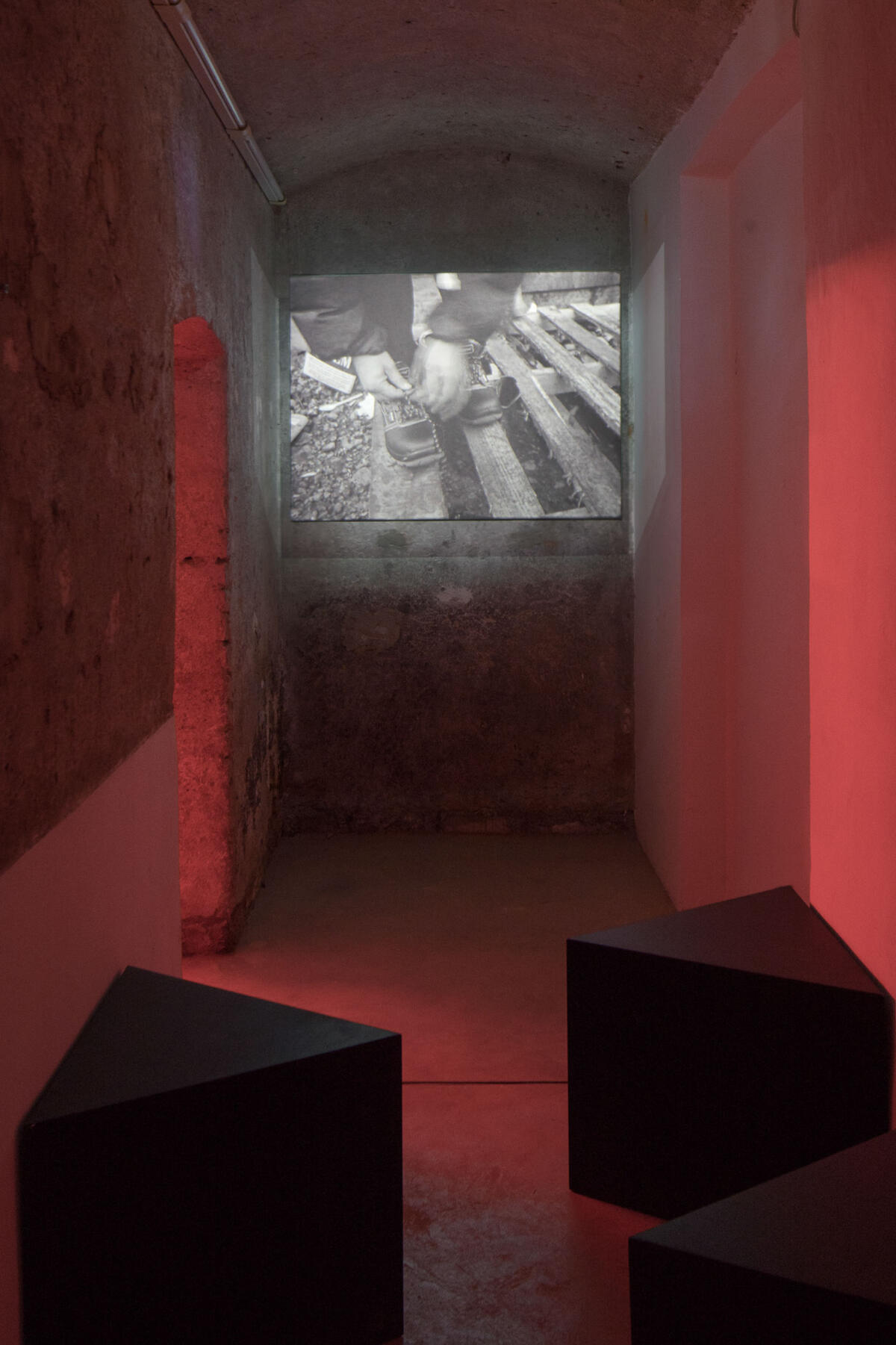


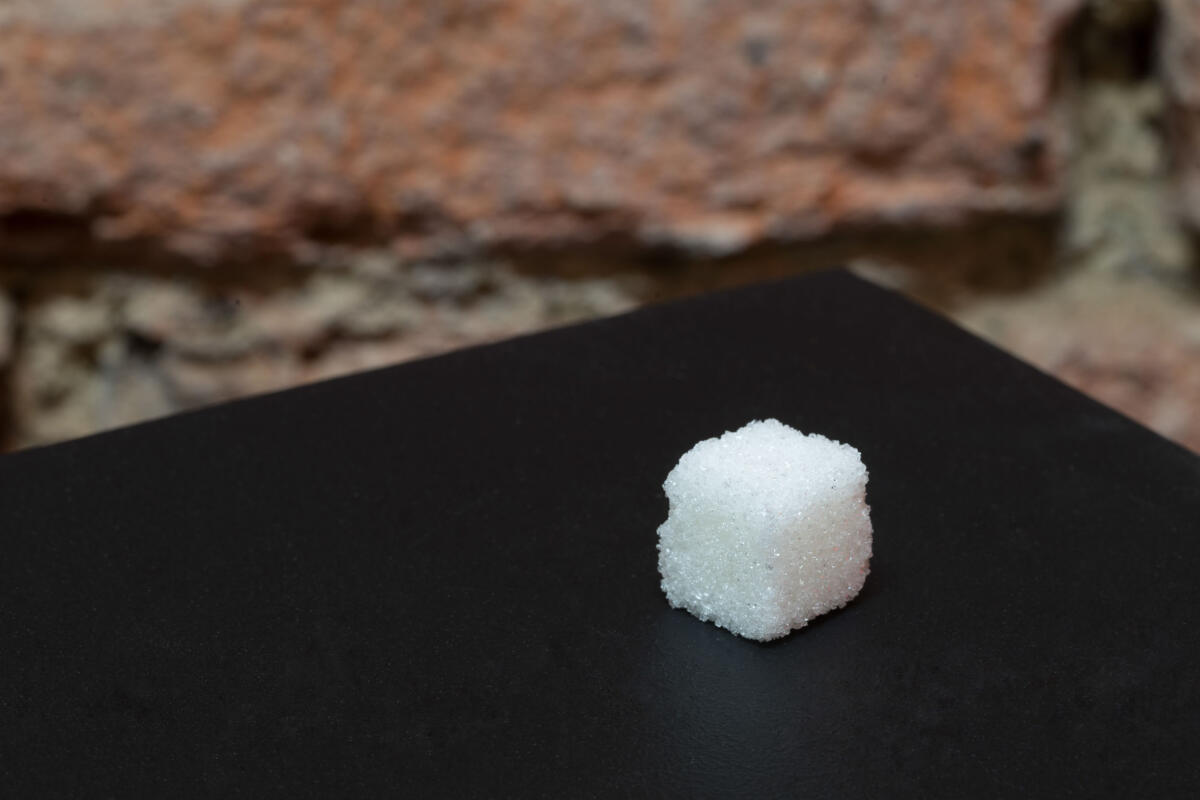

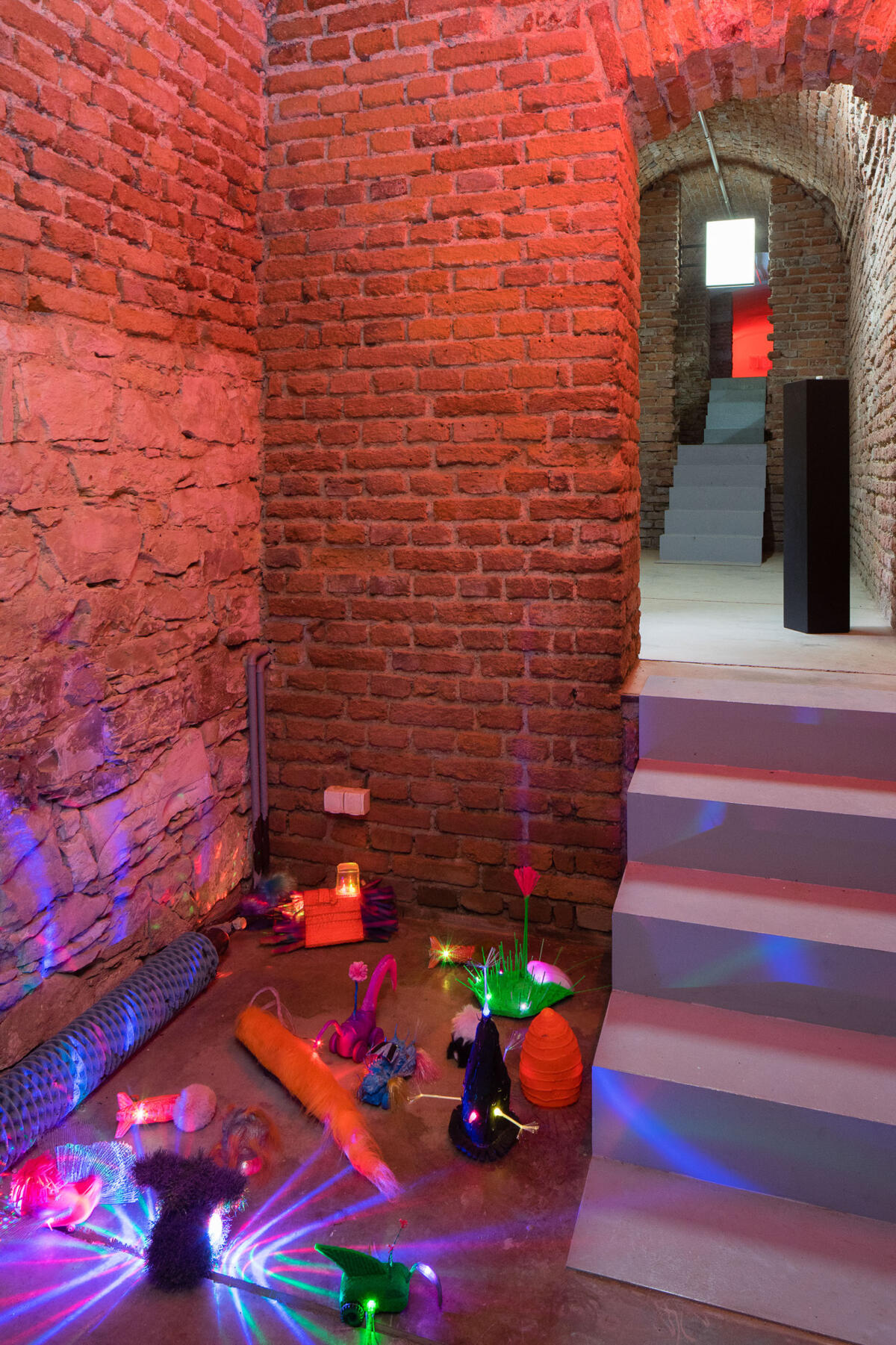
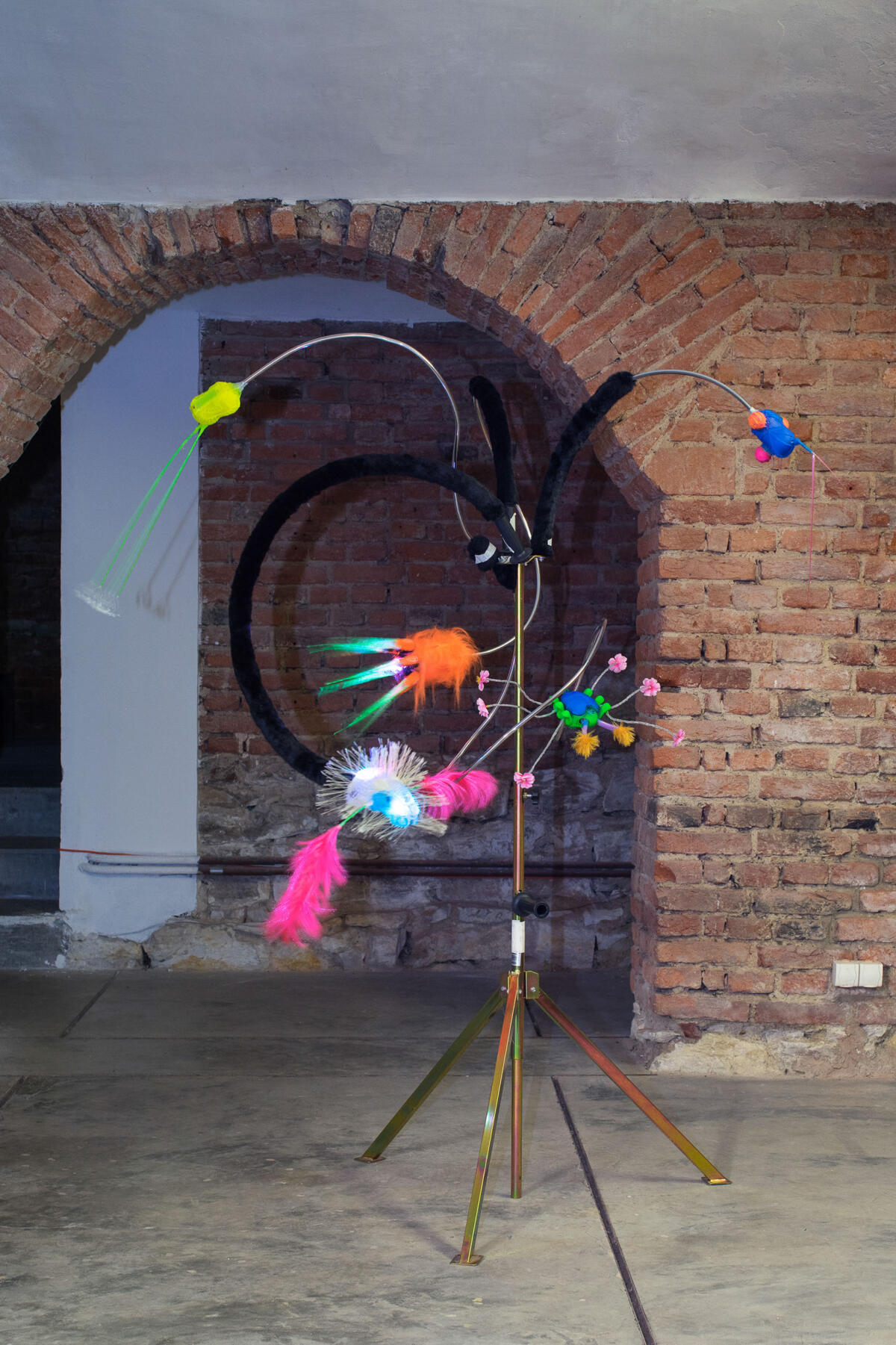
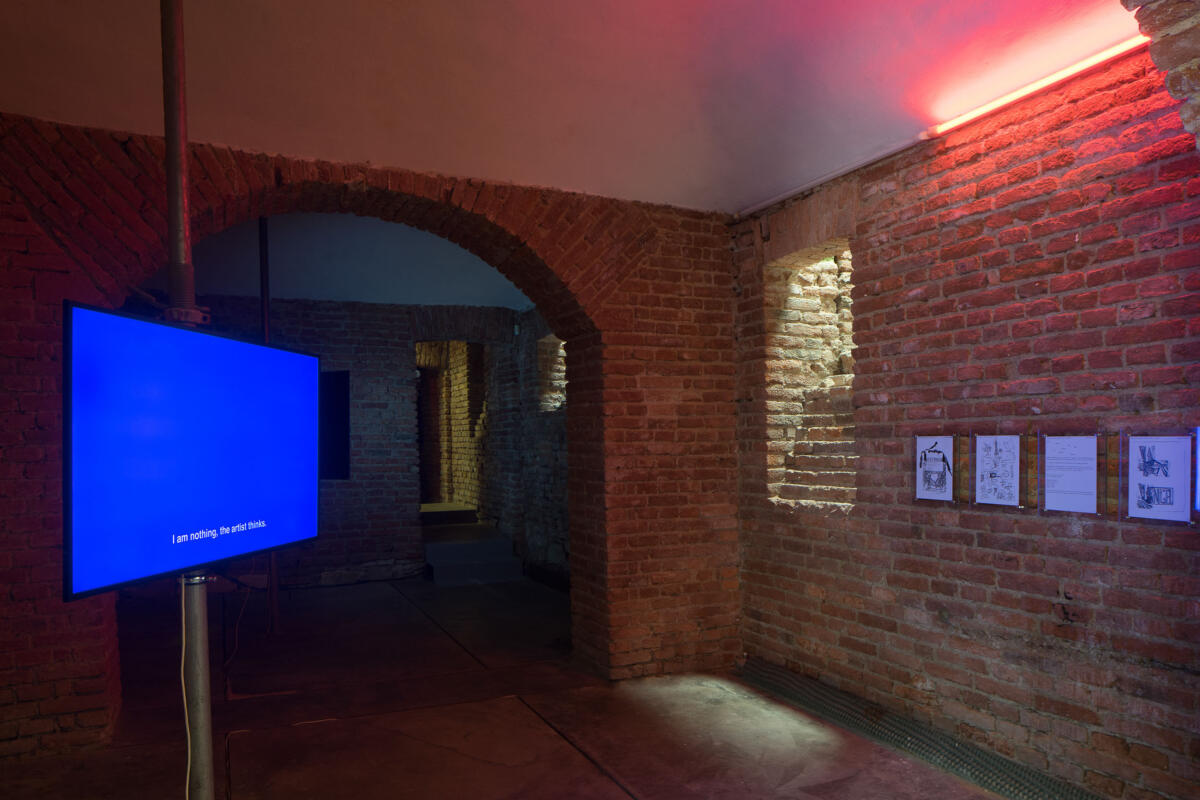

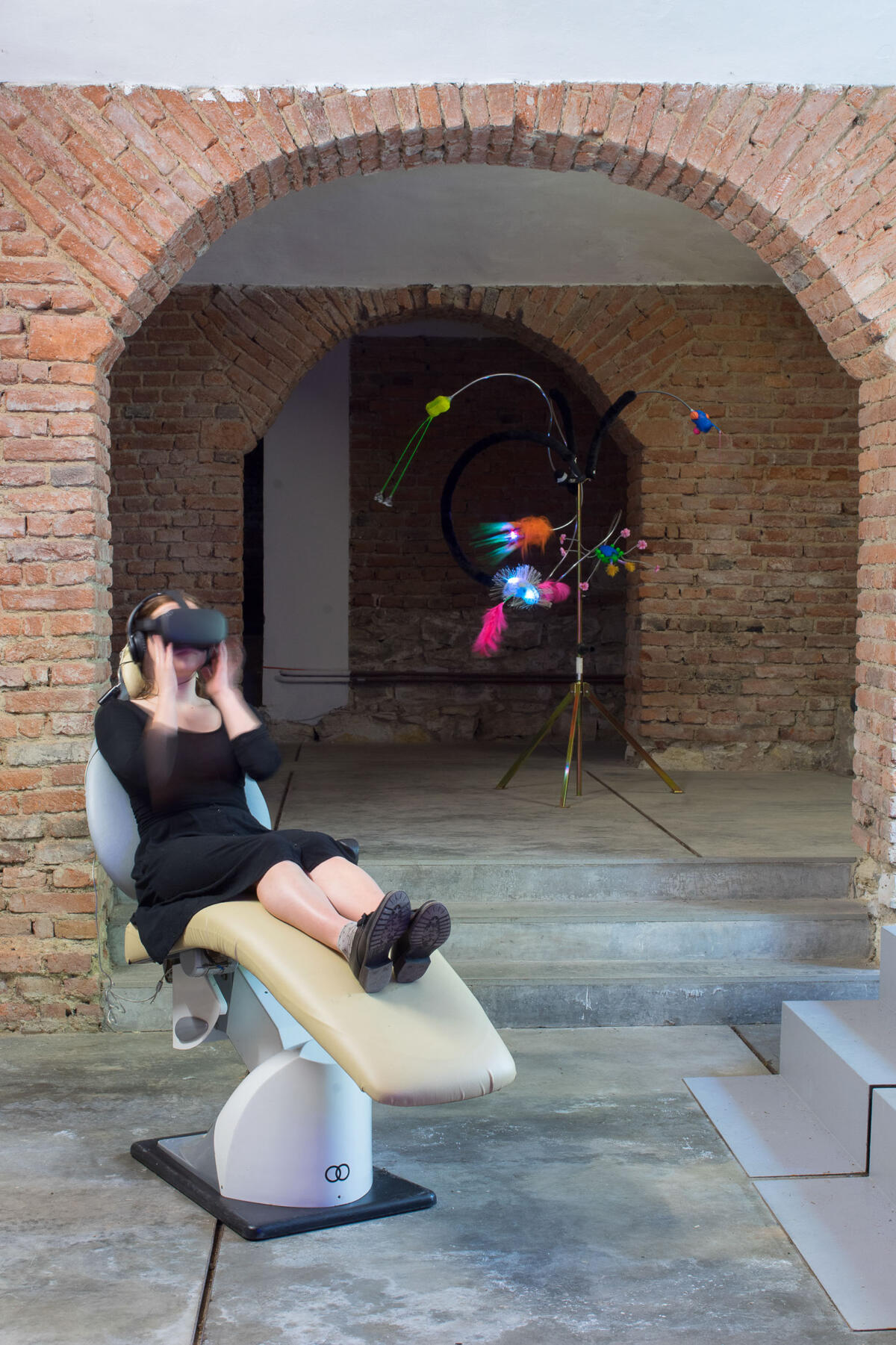
[CZ]
Název výstavy odkazuje na dvě dobře známé alegorie interpretující svět- Platónovu Jeskyni a Voltairovou Zahradu.
Podle Platóna považují vězni v jeskyni stíny za skutečnost, protože realitu zažívají pouze tímto zprostředkovaným způsobem. Podle této logiky je oheň, nebo člověkem vytvořené světlo, jako třeba filmová projekce, televize nebo VR, abychom použili moderní příklady, zakládán umělci, protože užívají tohoto vyzařování ke vzdělávání nebo kritice dominantních doktrin daného času a místa. Oheň nebo světlo mohou být interpretovány jako politická doktrína – Platon pojmenoval národní stát jako jeden z jejích zdrojů a v současné době do této množiny můžeme jistě přidat mnohem více majáků propagandy.
Knihu Candide, čili Optimismus (1759) Voltaire slavně zakončuje obhajobou praktické poučky o tom, “že je potřeba si kultivovat svou vlastní zahradu”.
Když psal Voltaire Candide, svět se nezdál být v pořádku, stejně jako teď – satira odkazuje na historické události jako Sedmiletá válka, zemětřesení v Lisabonu v roce 1755, zesměšňuje také kolonialismus, pozitivismus, teologii, vlády, znáte to.
“Kultivace vlastní zahrady” může být interpretována jako kultivace vlastního života, profese nebo globálního eko-socio-politického systému. Nicméně, tato myšlenka odhaluje paradox – kultivací zahrady člověk změní povahu světa, který na oplátku určuje vlastnosti zahrady.
Jaké vznikají tedy rozdíly a styčné body mezi analogiemi světa jako jeskyně a světa jako zahrady? Pro člověka v jeskyni může být akt vidění a chápání interpretován jako docela pasivní a solipsistický, zatímco na zahradničení je nahlíženo jako na aktivnější a eventuálně i svět měnící činnost. Nicméně, k tomu, aby člověk konal, musí nabýt jasného pochopení, a oba sdílejí toto dilema.
Tato skupinová výstava obsahuje díla umělců pocházejících zejména ze střední a východní Evropy, vytvořená v průběhu posledních dvou desetiletí. Odhalují nám, jak problematické a mnohostranné naše společnosti i svět, obzvláště když se podíváme na současné podmínky týkající se karantény a vlny(vln) COVID-19, aktivaci státních hranic a nacionalismu, společenské nepokoje, neklid provázející probouzení se z kolonialistické a rasistické minulosti, šesté vymírání, a další.
V tomto kontextu umělci stejně jako diváci migrují mezi těmito dvěma alegoriemi: jako vězni v jeskynni, kteří potřebuji rozlišovat mezi projekcemi a ideologiemi; a jako zahradníci kultivující určité ideje a praxi v různých uměleckých formátech a poetických gestech.
Imprint
| Artist | Gailė Cijūnaitytė, Tomas Daukša, Uli Golub, Laura Kaminskaitė, Donna Kukama, Jumana Manna, Katrīna Neiburga, Jaakko Pallasvuo, Artūras Raila, Darius Žiūra, Artur Żmijewski |
| Exhibition | The Cave & The Garden |
| Place / venue | Centre for Contemporary Art FUTURA, Prague, Czechia |
| Dates | 11 August – 27 September 2020 |
| Curated by | Valentinas Klimašauskas |
| Photos | Tomas Souček |
| Website | futuraprague.com/ |
| Index | Artur Żmijewski Artūras Raila Centre for Contemporary Art FUTURA Darius Žiūra Donna Kukama Gailė Cijūnaitytė Jaakko Pallasvuo Jumana Manna Katrīna Neiburga Laura Kaminskaitė Tomas Daukša Uli Golub Valentinas Klimašauskas |



